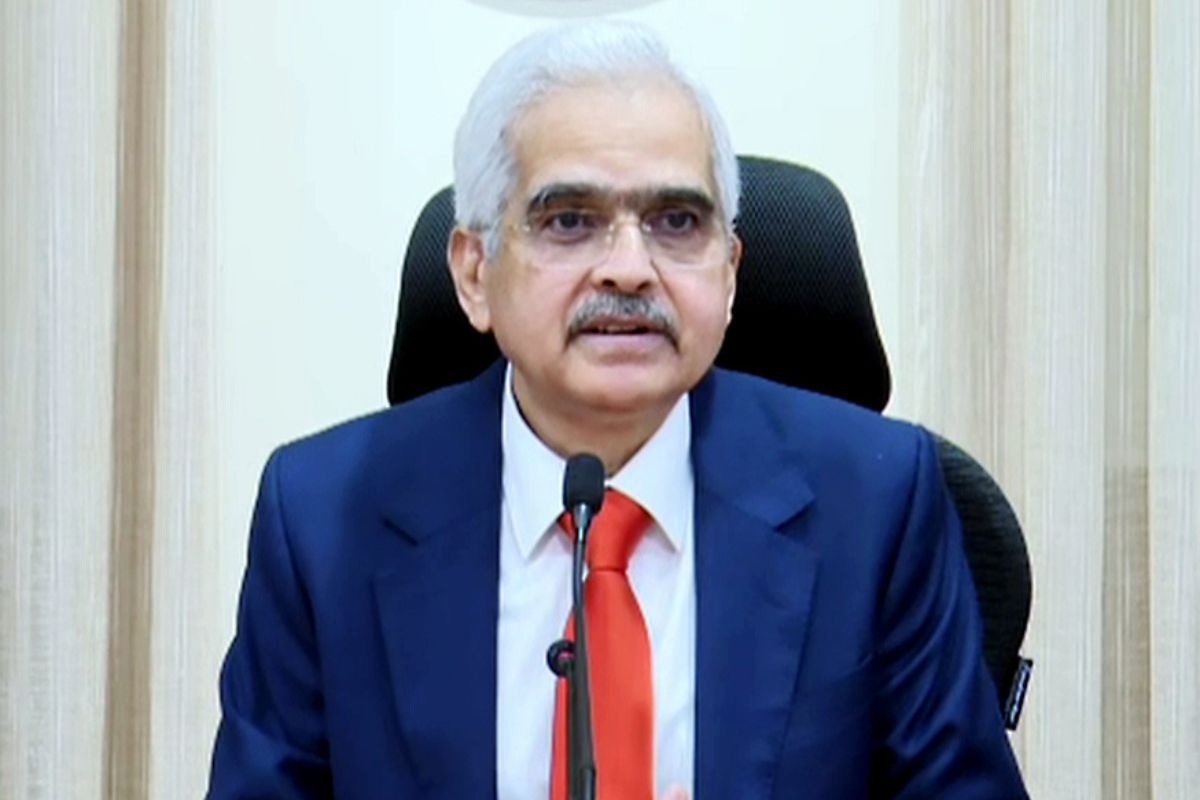Former RBI Governor appointed Principal Secretary-II to PM
Dr P K Mishra is the Principal Secretary-I to the Prime Minister.
Governor Das discussed the multifaceted challenges confronting the global economy, emphasizing the intricate balance required in policymaking amidst these complexities.

RBI Governor Shaktikanta Das (ANI)
The Kautilya Economic Conclave 2023, a gathering of economic experts and policymakers, kicked off in Delhi with a thought-provoking inaugural session featuring Finance Minister Nirmala Sitharaman and Reserve Bank of India (RBI) Governor Shaktikanta Das.
In his address, Governor Das discussed the multifaceted challenges confronting the global economy, emphasizing the intricate balance required in policymaking amidst these complexities.
Advertisement
Highlighting the hurdles that have become increasingly prevalent on the global economic horizon, Das said, “The global economy is now facing a tirade of challenges. First, slow moderation in inflation, which is getting interrupted by recurring and overlapping shocks. Second, slowing growth, and that too is fresh and enhanced obstacles. And third, lurking risks of financial stability. Central banks with price stability as their primary objective have raised policy rates aggressively while signalling to keep the rates higher for longer”.
Advertisement
“Some of the central banks have taken a pause on rate hikes. Financial stability concerns have conditioned this pursuit. Financial markets have become highly sensitive to every piece of new information. Policymaking has become extraordinarily complex in the middle of such a confluence of factors”, Das added.
RBI Governor said, “With every shock such as the recent simultaneous surge of crude oil prices and the US dollar, additional dimensions of policy dilemma present themselves and hamstring the responses of the central banks. Conflict may arise between the requirements of price and financial stability, but policymakers have to trade a fine balance as it is important to recognize that price and financial stability reinforce each other in the medium to the long term.”
He outlined three primary challenges- the slow moderation in inflation disrupted by recurring shocks, slowing growth compounded by new obstacles, and the looming risks to financial stability.
Central banks worldwide, he noted, have responded with aggressive policy rate hikes while signalling intentions to maintain higher rates for an extended period.
Some central banks have even paused on rate hikes due to concerns about financial stability, complicating the already intricate landscape of policymaking.
Governor Das addressed the pressing concern of interest rates, remarking, “Interest rates will remain high, however long it will remain high, we don’t know.” His statement underscored the uncertainty clouding the duration of the high-interest rate regime, reflecting the cautious stance adopted by central banks globally in response to economic uncertainties.
Importantly, he clarified, “I am not giving any hint that RBI is going to reduce the interest rates.” This assertion put to rest any speculations regarding an imminent reduction in interest rates, reaffirming the RBI’s commitment to stability amid the evolving economic landscape.
He pointed out that every new shock, such as the simultaneous surge in crude oil prices and the US dollar, adds further layers of complexity to policy decisions.
Acknowledging the potential conflict between price and financial stability, Das emphasized the necessity of striking a delicate balance, as both stability aspects mutually reinforce each other in the medium to long term.
Regarding India’s economic outlook, Governor Das provided insights into the RBI’s approach.
“With the quantum of rate hikes being calibrated in June in response to the evolving inflation outlook, we have maintained a pause on policy rates in 2023-24,” he affirmed.
He acknowledged the persistence of inflationary pressures while noting the resilience of economic activity in India driven by robust domestic demand.
The RBI projects a Real GDP growth of 6.5 per cent for the current fiscal year, positioning India as a potential global growth engine.
Addressing concerns about financial stability, Das reassured the audience, stating, “On the financial stability front, throughout the multiple shocks in the recent period, the Reserve Bank has adopted appropriate approach and taken several initiatives to revamp the regulation and supervision of the banks, the NBFSs and other financial sector entities by developing an integrated and harmonized architecture”.
The Indian financial sector has been stable and resilient as reflected in sustained growth in bank credit backed by improved asset quality adequate commercial banks in India would be able to comply with the minimum capital requirements.
“Global economy is facing tirade of challenges. Inflation, slowing growth and lurking risk of financial stability”, said RBI Governor Shaktikanta Das.
He emphasized the stability and resilience of the Indian financial sector, evident in sustained growth in bank credit and improved asset quality, indicating the sector’s ability to meet minimum capital requirements.
Advertisement